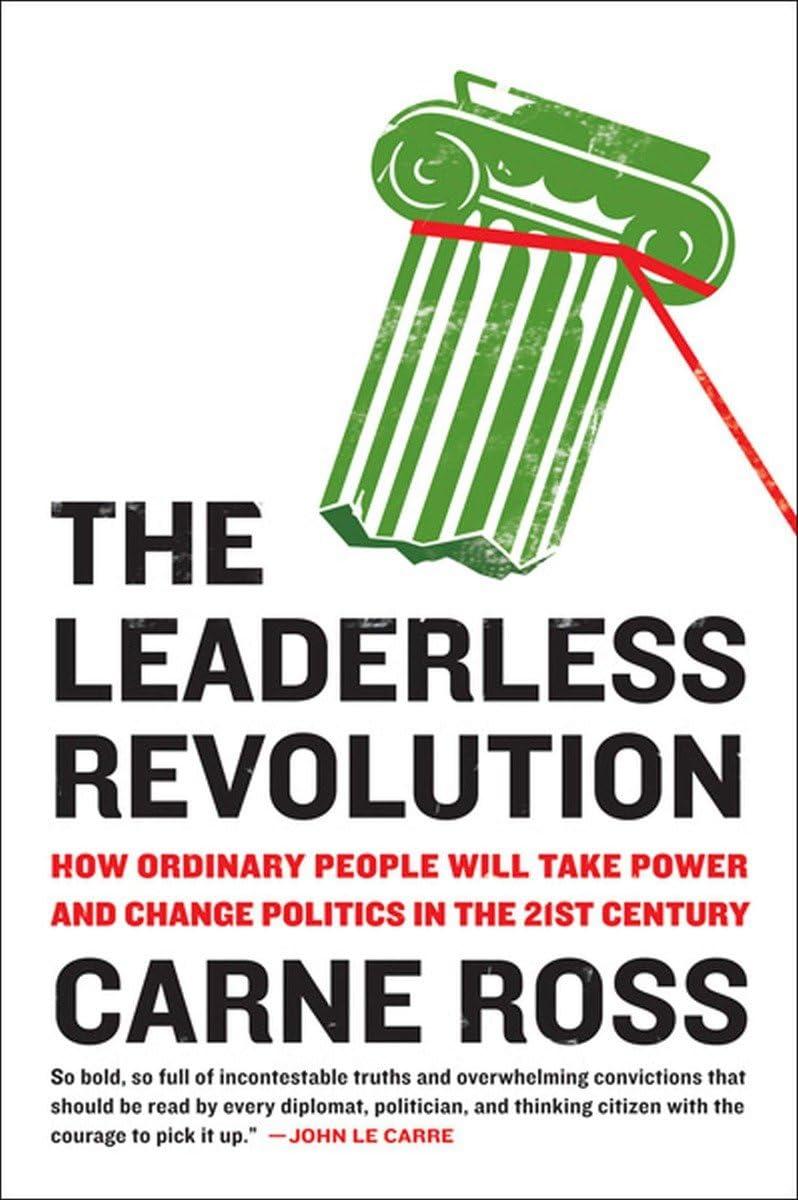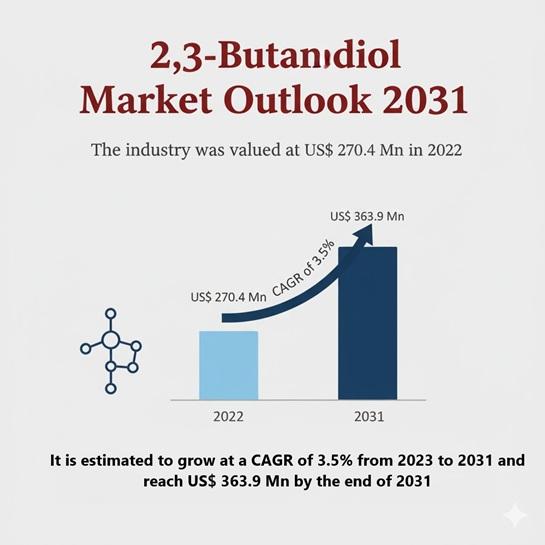ATTID urges global support for Africa’s infrastructure – Peoples Gazette Nigeria

Report on the Call for Global Partnerships to Address Africa’s Infrastructure Deficit in Line with Sustainable Development Goals
1.0 Introduction
The Africa Think Tank for Infrastructure Development (ATTID) has issued a formal call for enhanced global partnerships and Nigerian participation in the upcoming G20 Summit in South Africa in November 2025. The call emphasizes the critical need to address Africa’s significant infrastructure deficit as a foundational requirement for achieving the Sustainable Development Goals (SDGs). This report outlines the key issues raised, the financial imperatives, and the strategic opportunities presented by the summit to advance SDG 9 (Industry, Innovation, and Infrastructure) and SDG 17 (Partnerships for the Goals).
2.0 Africa’s Infrastructure Deficit: A Barrier to Sustainable Development
2.1 Financial and Systemic Challenges
ATTID has expressed significant concern over Africa’s systemic infrastructure challenges, which impede the continent’s progress towards sustainable growth. The report highlights a substantial funding gap, citing data from the African Development Bank.
- An estimated $130 billion to $170 billion is required annually to close the infrastructure gap.
- Key sectors requiring immediate investment include energy, transport, water, and urban infrastructure.
- The World Bank’s 2023 report noted that Sub-Saharan Africa’s fiscal deficit increased from 4.8% to 5.2% of GDP between 2021 and 2022, compounding the investment challenge.
This deficit directly hinders progress on multiple SDGs, as rising population and urbanization exacerbate the strain on existing systems.
2.2 Alignment with Sustainable Development Goals (SDGs)
Bridging the infrastructure gap is fundamental to the 2030 Agenda for Sustainable Development. The identified priority areas are intrinsically linked to specific SDGs:
- SDG 9 (Industry, Innovation, and Infrastructure): The development of reliable roads, ports, and airports is essential for building resilient infrastructure, promoting regional integration, and fostering economic growth.
- SDG 6 (Clean Water and Sanitation): Investment in water and sanitation infrastructure is a stated priority, crucial for public health and environmental sustainability.
- SDG 7 (Affordable and Clean Energy): Addressing the energy deficit is critical for powering industries, communities, and essential services.
- SDG 11 (Sustainable Cities and Communities): With rapid urbanization, robust infrastructure is necessary to create inclusive, safe, and resilient urban environments.
3.0 G20 Summit 2025: A Platform for Strategic Partnerships (SDG 17)
3.1 ATTID Side Event on Sustainable Infrastructure
To catalyze action, ATTID has been approved to host a high-level side event preceding the main G20 Summit. This event is designed to operationalize SDG 17 by creating a dedicated platform for multi-stakeholder partnerships.
- Event Title: Infrastructure and Sustainable Development Side Event
- Theme: ‘Enhancing Africa’s Infrastructure Transformation Agenda through Investments and Partnership’
- Date: November 20-21, 2025
- Venue: Lakewood Conference Centre, Johannesburg, South Africa
3.2 Objectives and Participants
The side event aims to strengthen engagement and foster collaboration among key stakeholders to accelerate infrastructure financing and implementation. Participants will include:
- World leaders and government representatives
- CEOs of global development and financial institutions
- Regulators and infrastructure entrepreneurs
- Regional economic commissions
- Venture capital firms and private investors
- International development bodies
4.0 Investment Opportunities for Sustainable Impact
4.1 Call to Action for Investors
ATTID has issued a direct call to global and African investors to leverage the G20 Summit and its side event to explore impactful investment opportunities. These investments are positioned not only for long-term financial returns but also for their direct contribution to achieving the Sustainable Development Goals across Africa.
4.2 Key Investment Areas Aligned with the SDGs
Stakeholders are encouraged to explore opportunities in sectors that are critical for sustainable and inclusive growth, including:
- Transport Infrastructure (SDG 9): Development of roads, ports, and airports to enhance connectivity and trade.
- Clean Energy (SDG 7): Projects focused on renewable and affordable energy solutions.
- Water and Sanitation (SDG 6): Investments to ensure access to clean water and sanitation for all.
- Urban Development (SDG 11): Infrastructure projects to support Africa’s growing urban centers sustainably.
The summit represents a critical opportunity to forge the global partnerships (SDG 17) necessary to unlock these investments and drive Africa’s infrastructure transformation agenda forward.
1. Which SDGs are addressed or connected to the issues highlighted in the article?
The article primarily addresses issues related to infrastructure development, financing, and international cooperation, which directly connect to several Sustainable Development Goals (SDGs). The following SDGs are relevant:
-
SDG 9: Industry, Innovation and Infrastructure
This is the most central SDG, as the article’s main focus is on Africa’s “massive infrastructure deficit” and the need to develop “roads, energy, water, sanitation, ports, and airports” to foster “economic development and regional integration.”
-
SDG 17: Partnerships for the Goals
The article is a call for “global partnerships” and “international collaboration.” The entire premise of the G20 side event is to “strengthen engagement among governments, investors, regulators, and infrastructure providers” and mobilize investments, which is the core of SDG 17.
-
SDG 6: Clean Water and Sanitation
The article explicitly lists “water” and “sanitation” as crucial infrastructure areas that need development, directly linking the discussion to this goal.
-
SDG 7: Affordable and Clean Energy
“Energy” is mentioned multiple times as a key component of the infrastructure gap that needs to be addressed, connecting the article’s concerns to the goal of ensuring access to modern energy.
-
SDG 8: Decent Work and Economic Growth
The article frames infrastructure development as “essential for the continent’s prosperity and sustainable growth” and a requirement for “economic progress,” which aligns with the objectives of SDG 8.
-
SDG 11: Sustainable Cities and Communities
The article notes that with “rising population and urbanisation, the situation is worsening,” highlighting that infrastructure development is critical for managing urban growth sustainably. This includes transport, water, and energy systems for cities.
2. What specific targets under those SDGs can be identified based on the article’s content?
Based on the article’s content, several specific SDG targets can be identified:
-
Target 9.1: Develop quality, reliable, sustainable and resilient infrastructure
The article’s call to bridge the infrastructure gap by developing “roads, energy, water, sanitation, ports, and airports” to support “economic development and regional integration” directly corresponds to this target.
-
Target 17.3: Mobilize additional financial resources for developing countries from multiple sources
The article explicitly states that Africa requires “$170 billion annually to close the infrastructure gap” and calls on “global and African investors to seize the opportunity for impactful investments.” This is a direct appeal to mobilize financial resources as described in this target.
-
Target 17.16: Enhance the Global Partnership for Sustainable Development
The proposed G20 side event, designed to “gather world leaders, CEOs of global development and financial institutions, regulators, and infrastructure entrepreneurs,” is an example of a multi-stakeholder partnership aimed at achieving sustainable development, which is the essence of this target.
-
Target 17.17: Encourage and promote effective public, public-private and civil society partnerships
The objective of the side event to “strengthen engagement among governments, investors, regulators, and infrastructure providers” is a clear effort to promote the types of partnerships mentioned in this target.
-
Target 6.a: Expand international cooperation and capacity-building support
The call for “international collaboration” to address the deficit in “water, and sanitation” infrastructure aligns with this target, which focuses on cooperation for water- and sanitation-related activities.
-
Target 7.a: Enhance international cooperation to facilitate access to clean energy… and promote investment in energy infrastructure
The article’s emphasis on global partnerships to fund “energy” infrastructure directly relates to this target’s goal of promoting investment and international cooperation in the energy sector.
3. Are there any indicators mentioned or implied in the article that can be used to measure progress towards the identified targets?
Yes, the article mentions or implies several indicators that can be used to measure progress:
-
Financial Investment Amount (Indicator for Target 17.3)
The article provides a specific financial metric: “Africa needs $130–$170 billion yearly for infrastructure.” This figure, cited from the African Development Bank, serves as a direct indicator of the financial resources required (Indicator 17.3.1: Additional financial resources mobilized for developing countries). Progress can be measured by tracking the actual investment mobilized against this target amount.
-
Fiscal Deficit as a Percentage of GDP (Indicator for Economic Context)
The article references the “World Bank’s 2023 report, which showed Sub-Saharan Africa’s fiscal deficit rose from 4.8 per cent to 5.2 per cent of GDP.” This is a specific economic indicator that provides context for a country’s capacity to finance development (related to Target 17.1: Strengthen domestic resource mobilization) and highlights the need for external financing.
-
Types of Infrastructure Developed (Implied Indicator for Target 9.1)
While not providing quantitative data, the article lists the specific types of infrastructure needed: “roads, energy, water, sanitation, ports, and airports.” The development, expansion, and quality of these specific sectors can be tracked as indicators of progress toward building resilient infrastructure.
4. Create a table with three columns titled ‘SDGs, Targets and Indicators’ to present the findings from analyzing the article.
| SDGs | Targets | Indicators Identified in the Article |
|---|---|---|
| SDG 9: Industry, Innovation and Infrastructure | Target 9.1: Develop quality, reliable, sustainable and resilient infrastructure, including regional and transborder infrastructure. | The specific types of infrastructure needing development: “roads, energy, water, sanitation, ports, and airports.” |
| SDG 17: Partnerships for the Goals | Target 17.3: Mobilize additional financial resources for developing countries from multiple sources. | The annual financial requirement to close the infrastructure gap: “$130–$170 billion yearly.” |
| SDG 17: Partnerships for the Goals | Target 17.16 & 17.17: Enhance global and multi-stakeholder partnerships (public, public-private, and civil society). | The establishment of the G20 side event to bring together “governments, investors, regulators, and infrastructure providers.” |
| SDG 6: Clean Water and Sanitation | Target 6.a: Expand international cooperation and capacity-building support in water- and sanitation-related activities. | The identification of “water” and “sanitation” as crucial infrastructure areas requiring international collaboration and investment. |
| SDG 7: Affordable and Clean Energy | Target 7.a: Enhance international cooperation to… promote investment in energy infrastructure. | The identification of “energy” as a key sector within the infrastructure deficit that needs investment through global partnerships. |
| SDG 8: Decent Work and Economic Growth | Target 8.1: Sustain per capita economic growth in accordance with national circumstances. | The mention of “Sub-Saharan Africa’s fiscal deficit rose from 4.8 per cent to 5.2 per cent of GDP,” an indicator of economic health relevant to sustainable growth. |
Source: gazettengr.com

What is Your Reaction?
 Like
0
Like
0
 Dislike
0
Dislike
0
 Love
0
Love
0
 Funny
0
Funny
0
 Angry
0
Angry
0
 Sad
0
Sad
0
 Wow
0
Wow
0













































































